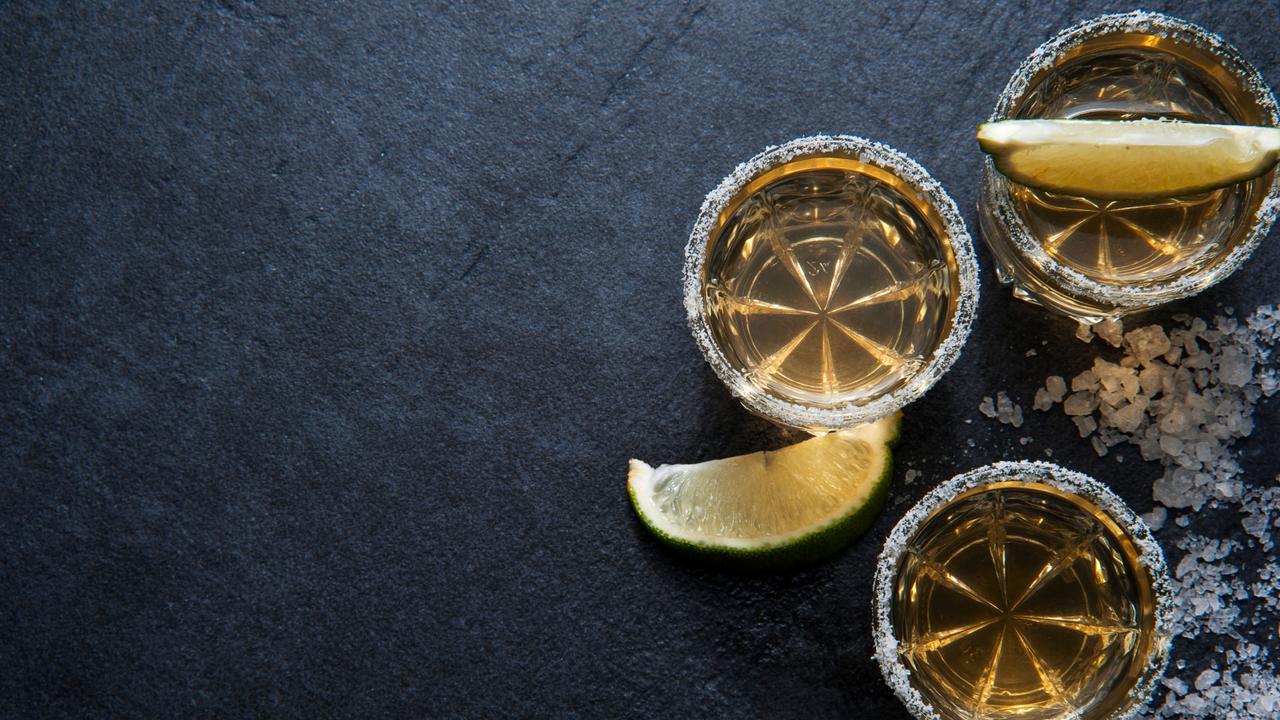Tequila has a reputation as a fun spirit for shots but this totally undervalues its amazing flavours. Unlock your tequila’s potential in our expert tequila tasting guide.
Our guide offers a four step process to tasting tequila, as well as the flavour profiles for the most popular styles of tequila.

Tequila tasting guide
The art of tequila tasting has four easy steps. If you’ve ever tasted wine or whiskey professionally, you may already be familiar with the steps listed below.
- Step 1 - Choosing the glass
- Step 2 - Observing
- Step 3 - Nosing
- Step 4 - Tasting
Step 1: Choosing the glass
This is a very important place to start when tequila tasting. We recommend using a Riedel Ouverture glass. Riedel usually produce glassware for wine tasting, however, they made a glass especially for tasting tequila.
However, these glasses can be hard to come by and so tasting from a brandy glass is just as good. Añejo and reposado tequila are especially good for tasting in this glass. The brandy glass allows the aroma to circulate and aerate, offering a perfect tasting experience.
Step 2: Observing

Now you have the right glass, we can continue. The second step is understanding which type of tequila you have and how it looks. There are five styles of tequila which are; blanco, gold, reposado, añejo and extra añejo. Each tequila goes through a different process that significantly affects the flavour and look. Blanco tequila has a clear appearance, gold and reposado both have a golden hue to the spirit, and añejo tequila is a light brown colour.
Observe the appearance of the tequila. Take a look at the ‘agave tears’ around the inside of the glass after swirling. These are the tequila’s essential oils. A good tequila has long legs that do not dissipate easily or quickly.
Step 3: Nosing
Just as with wine and whiskey, tequila has a wide range of notes to nose. This, of course, is dependent upon the style of tequila and where the blue agave plant was grown.
To release the aromas, swirl the tequila glass, so that the tequila coats the sides of the glass. Now, place your nose over the rim and inhale. This is nosing. Take in the main, dominant note that hits you. After nosing three more times, you will be able to pick up the other hidden notes within the tequila. Alcohol rises quickly, therefore, this will be the first note to pick up. Swirling the glass means it’s easier for other notes to release.
Note down the aromas and feelings when nosing, to keep a record during the tasting.
Step 4: Tasting
Finally, it’s time to taste the tequila. Take roughly five small sips of tequila in order to fully release the flavours. The first sip will most likely just taste of alcohol, just like with nosing. However, sip by sip, you can open the full body of the tequila. Hold the tequila on your tongue and move the fluid around your mouth. Take a small breath of air to aerate the tequila within your mouth and exhale through the nose. Finally, swallow or spit the tequila. You will continue to taste notes even after this.
You can use a tequila tasting wheel when doing this to see if you can identify the flavours. These wheels are used in chocolate and wine tasting too, to help you identify flavours and related aromas.
Ever wondered how is tequila made? Check out this blog to find the answer...
Expert tequila tasting terminology
Tequila has a whole range of flavours, depending on style, brand and area of production. It can range from a bitter, citrusy blanco tequila to a smoky, sweet añejo. Below are some of the most common notes in the three main styles of tequila.
Discover tequila for yourself on our authentic EBS Tequila and Mezcal Expedition in Jalisco, Mexico.

Blanco tequila
Also described as ‘silver’ or ‘plata’ this is the tequila that can best bring out the flavours of the blue agave plant. Blanco is bottled immediately after distillation.
- Ethanol – A slight ethanol taste, very good in cocktails with other strong flavours.
- Citrus – The taste of lemon or lime on the palate. Almost a bittersweet taste to it.
- Salty – Leaves a salty aftertaste on the tongue. Sometimes feels as if the mouth is dry after.
- Liquorice – Some blanco tequilas have a slight aniseed taste. Very subtle and not overpowering.
Read the classic tequila cocktails here to take advantage of your blanco tequila.
Reposado tequila
Often has a sweeter taste than blanco tequila. This is an aged tequila so carries some flavours from the maturation period. Reposado is bottled anytime up to one year after distillation.
- Cinnamon – Reposado tequila often leaves a ‘spicy’ taste in the mouth. You’ll be able to feel something a bit fiery with this style.
- Black pepper – Again, this tequila has elements of spice but another common taste is that of black pepper. It’s a deep, power flavour.
- Honey – Whilst it carries spicy undertones, reposado is much sweeter than blanco. It’s not an obvious, overpowering sweet, but more like a sweet deriving from honey.
- Fruity – This could be a whole range of fruits. Citrus, berry, tropical fruits or dried fruits. Each tequila is different, so you’ll have to use your expert tequila knowledge to identify the fruit.
Añejo tequila
This tequila is referred to as ‘vintage’ due to its much longer ageing period of over a year. It’s much darker and smoother to drink. An excellent choice for tequila tasting.
- Wood – Being aged in wooden barrels for long periods of time means that it takes on these woody flavours. Pine, oak or cedar can all be tasted in this tequila. These are very deep, strong flavours.
- Coffee – Like freshly brewed coffee, this is an unmistakable taste. Long periods of ageing contribute to this.
- Smoky – The longer the ageing process, the smokier it can get. Think of añejo as the whiskey version of tequila. Deep, powerful notes to taste.
- Caramel – A much sweeter tequila, you’ll be tasting thick sweet notes. Honey, caramel and vanilla can all be tasted in añejo tequila.
Don't know how tequila is made? Learn more about it here in our 'what is tequila' post.
Want to master tequila behind the bar? Take a look at our EBS Bartender Courses here.

